Ion Exchange Unit manufacturers, suppliers and exporters
Categories: Chemistry Lab Equipment in IndiaIon Exchange Unit Ion Exchange Unit is used to exchange the ions. The transfer of ions occurs between two electrolytes or between an electrolyte solution and a complex. Ion exchange refers to purifica...
Product
Description
Ion Exchange Unit
Ion Exchange Unit is used to exchange the ions. The transfer of ions occurs between two electrolytes or between an electrolyte solution and a complex. Ion exchange refers to purification, separation, and decontamination of aqueous. Applications of Ion Exchange:- Food & beverage,
- Hydrometallurgy,
- Metals finishing,
- Chemical & petrochemical,
- Pharmaceutical
- Sugar & sweeteners,
- Ground & potable water,
- Nuclear,
- Softening & industrial water,
- Semiconductor,
- Power
- The exchange capacities of different resin materials
- Water softening using a cationic resin
- Regeneration efficiency of a softening system
- Demineralisation using two-bed exchange
- Regeneration efficiency of a cationic and anionic resin
Water Softening Theory The usual ion exchange material employed in water softening is a sulphonated styrene-based resin, supplied in the sodium form. This has a strong affinity for calcium and magnesium ions and will also remove ferrous ions after the almost complete removal of calcium and magnesium. Softening may be carried out as a batch process by stirring a suspension of resin in the water until equilibrium or an acceptable level of hardness is reached. It is more convenient to operate as a continuous flow process, passing the water slowly downwards through a column of resin beads. The exchange reaction takes place rapidly enough for the upper layers of the bed to approach exhaustion before the lower layers are able to exchange ions. Thus there is a zone of active exchange which moves down the column until the resin at all depths becomes exhausted. The position at an intermediate stage is illustrated.
When the zone of active exchange reaches the bottom of the column the emerging water begins to show an increasing hardness. This is the breakthrough point when it becomes necessary to regenerate the resin with a strong sodium chloride solution.
Technical Details Pump: Self priming diaphragm type Flowmeter range: 10-80ml/min Sump tank capacity: 20 litres Anion exchange resin: 0.75 litre Cation exchange resin: 1litre Chemicals required (not supplied): Sodium chloride Hydrochloric acid Sodium hydroxide Ordering Specification Self-contained apparatus either for single bed water softening or double bed system for demineralisation. Two vertical transparent tubes house the resins. A manifold at inlet/outlet allows flow configuration changes. Equipment includes pump, valves, conductivity meter and sumps for regenerant and test or wash solutions. Typical commercial cation and anion resins are supplied. Recommended Equipment Cartridge type water deioniser Replacement cartridges Beaker cell Services Required Electrical supply: 220-240V/1ph/50Hz 120V/1ph/60Hzquick overview :
Ion Exchange Unit
Ion Exchange Unit is used to exchange the ions. The transfer of ions occurs between two electrolytes or between an electrolyte solution and a complex. Ion exchange refers to purification, separation, and decontamination of aqueous. Applications of Ion Exchange:- Food & beverage,
- Hydrometallurgy,
- Metals finishing,
- Chemical & petrochemical,
- Pharmaceutical
- Sugar & sweeteners,
- Ground & potable water,
- Nuclear,
- Softening & industrial water,
- Semiconductor,
- Power
- The exchange capacities of different resin materials
- Water softening using a cationic resin
- Regeneration efficiency of a softening system
- Demineralisation using two-bed exchange
- Regeneration efficiency of a cationic and anionic resin
Water Softening Theory The usual ion exchange material employed in water softening is a sulphonated styrene-based resin, supplied in the sodium form. This has a strong affinity for calcium and magnesium ions and will also remove ferrous ions after the almost complete removal of calcium and magnesium. Softening may be carried out as a batch process by stirring a suspension of resin in the water until equilibrium or an acceptable level of hardness is reached. It is more convenient to operate as a continuous flow process, passing the water slowly downwards through a column of resin beads. The exchange reaction takes place rapidly enough for the upper layers of the bed to approach exhaustion before the lower layers are able to exchange ions. Thus there is a zone of active exchange which moves down the column until the resin at all depths becomes exhausted. The position at an intermediate stage is illustrated.
When the zone of active exchange reaches the bottom of the column the emerging water begins to show an increasing hardness. This is the breakthrough point when it becomes necessary to regenerate the resin with a strong sodium chloride solution.
Technical Details Pump: Self priming diaphragm type Flowmeter range: 10-80ml/min Sump tank capacity: 20 litres Anion exchange resin: 0.75 litre Cation exchange resin: 1litre Chemicals required (not supplied): Sodium chloride Hydrochloric acid Sodium hydroxide Ordering Specification Self-contained apparatus either for single bed water softening or double bed system for demineralisation. Two vertical transparent tubes house the resins. A manifold at inlet/outlet allows flow configuration changes. Equipment includes pump, valves, conductivity meter and sumps for regenerant and test or wash solutions. Typical commercial cation and anion resins are supplied. Recommended Equipment Cartridge type water deioniser Replacement cartridges Beaker cell Services Required Electrical supply: 220-240V/1ph/50Hz 120V/1ph/60HzProduct
Reviews
add Review
reviews
No Review Yet.

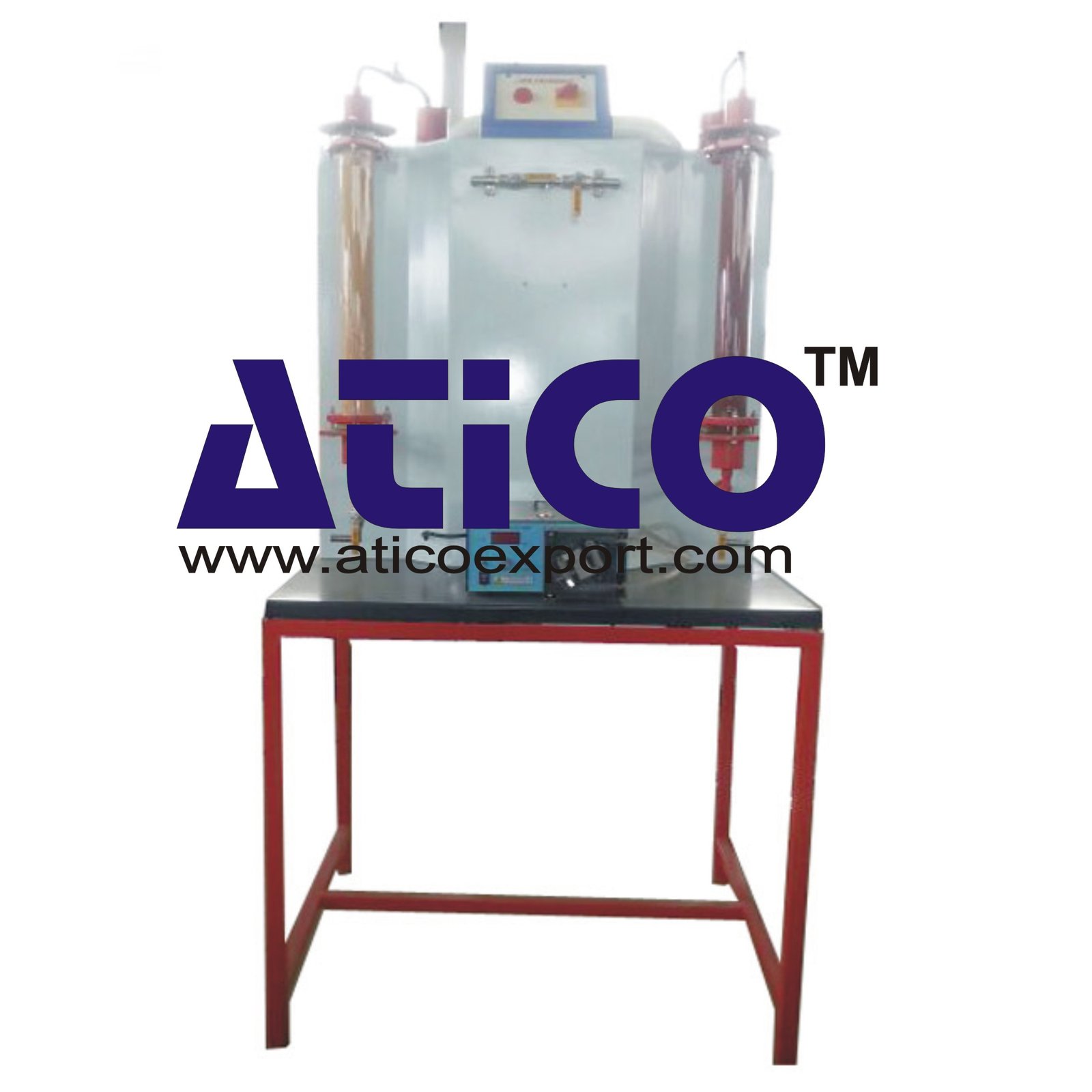
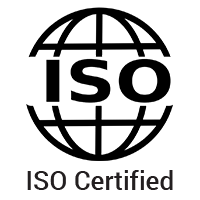



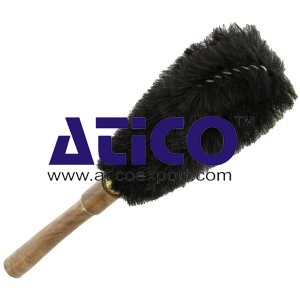
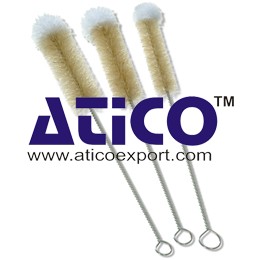
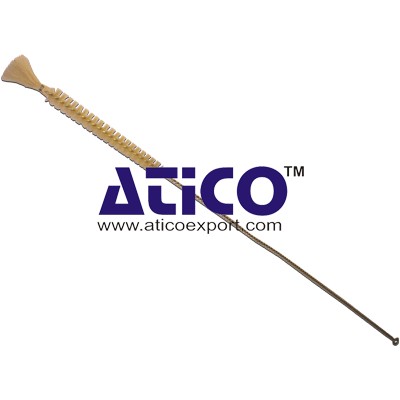
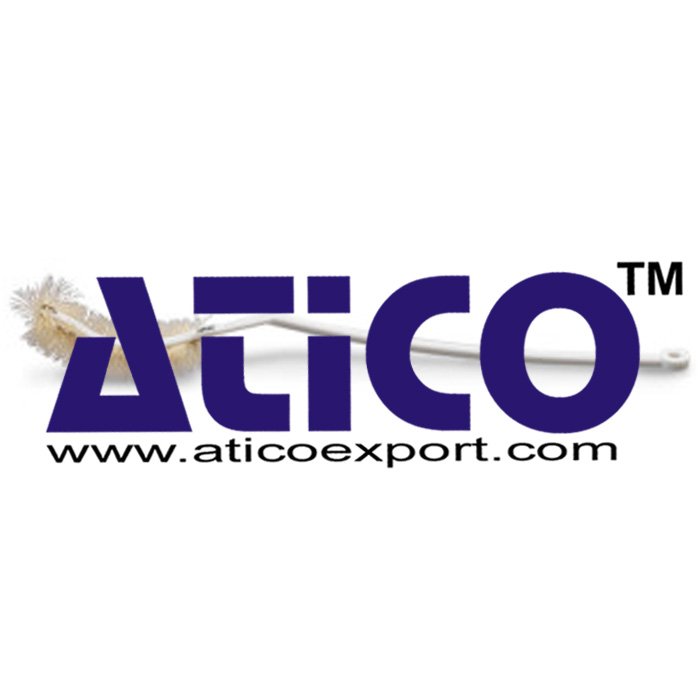
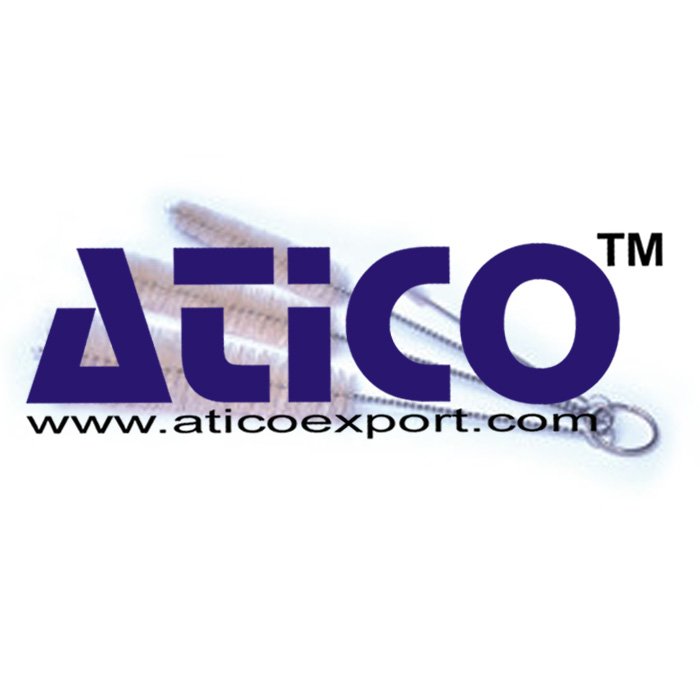
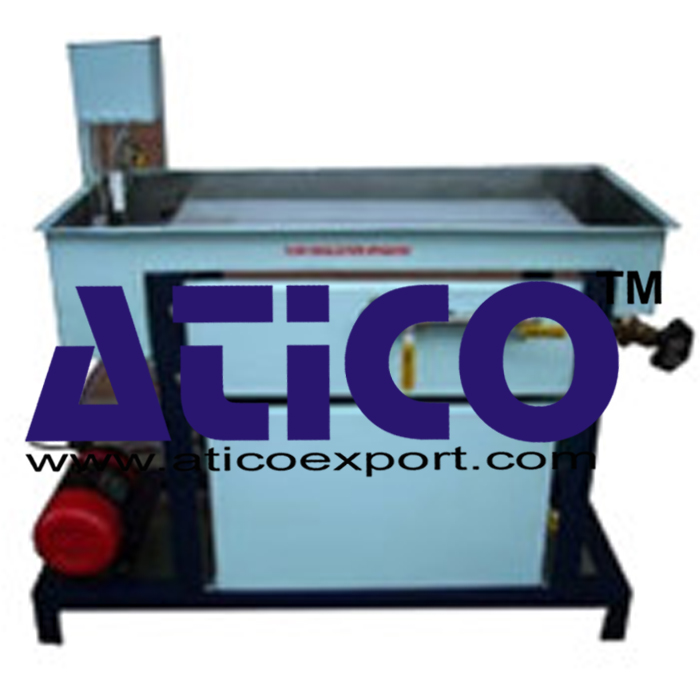
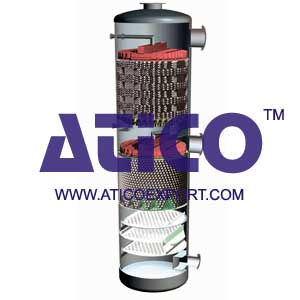
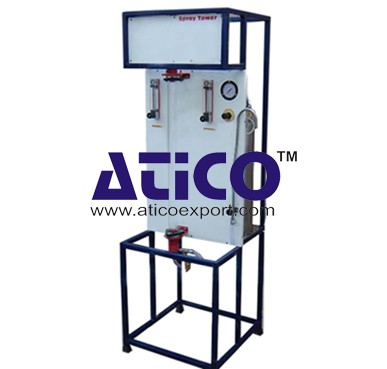

Product
Reviews
add Review
reviews
No Review Yet.